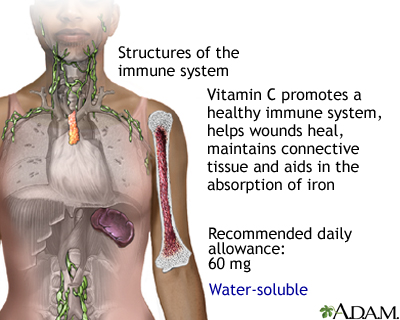
Discuss a fair amount you are not willing to pay if the common area maintenance costs exceed that number. Some landlords may let you set your own cap amount. Maintain records and reports. Keep records of each CAM fee you have paid, and keep a list of the itemized CAM you pay for.If needed, send the charge amounts to your accountant or real estate agent for calculation. Ensure that the calculations are valid. Calculate the CAM charges yourself before you sign the lease and agree to the fees.The CAM charge is developed according to your square footage and inaccurate numbers can cause you to pay more money to the landlord than necessary. Check the square footage in your space to verify that the number the landlord has provided you with is correct. Provide the landlord with CAM figures that you believe are appropriate for you to pay and ask them to meet you in the middle. Many landlords are open to negotiation regarding CAM charges. Try discussing CAM with a real estate agent or lawyer and ask them questions you may have before you sign the lease. Research CAM structures. Learn all you can about CAM structures, and determine which structure works best for your business and operating expenses.Here are some tips that may help you understand CAM charges better: Therefore, the tenant should pay $900 per month in CAM fees. If the total monthly property expenses equal $3,000, then the dollar amount is calculated using the following equation: This means a tenant is responsible for 30% of the CAM fees for the property.

If the tenant leases 30,000 sq ft and the gross leasable area is 100,000 sq ft then the equation may look similar to this: Once you determine the tenant’s square footage, you divide it by the gross leasable area. Next, assess the square footage taken up by the tenant. Here is how you may calculate CAM charges:įirst, determine the gross leasable area or square footage of the property. For example, if a tenant takes up 30% of the property space and the landlord pays $3,000 in expenses per month for the property, you can expect to pay 30% of their total monthly expenses. The expenses correspond with the percentage of the property your space takes up such as 10% or 45% of the total property space. This means the more square footage a tenant leases, the more CAM expenses they are expected to pay.

The lease should clearly list each charge covered by the CAM fee and be verifiable by the tenant.Įach landlord and tenant situation is different, and landlords may use different CAM structures depending on their expenses and how long they have owned the property.

A well-written lease with accurate CAM calculations helps the tenant and the landlord to understand what they are responsible for. The landlord maintains the common areas of a property using the CAM fees they collect each month.Ĭommon area maintenance charges may also be anything the landlord and tenant agree to on the CAM charges section of the lease. Each tenant is required to maintain the interior of their space and pay their percentage of monthly CAM charges.

When you lease commercial business spaces, you lease a small portion of the property along with other tenants. They are monthly fees that cover the costs of various maintenance needs for the building and/or parking lot.
#WHAT DOES FOR DO IN C CODE#
The following code shows a header file that can be used by C and C++ client applications: // M圜Funcs.CAM stands for common area maintenance, and CAM charges often appear in commercial leases for spaces in multi-tenant business parks. If you use this technique and provide header files for your DLL, these functions can be used by C and C++ users with no change. If you have functions in a DLL written in C that you want to access from a C language or C++ language module, you should use the _cplusplus preprocessor macro to determine which language is being compiled, and then declare these functions with C linkage if being used from a C++ language module.


 0 kommentar(er)
0 kommentar(er)
